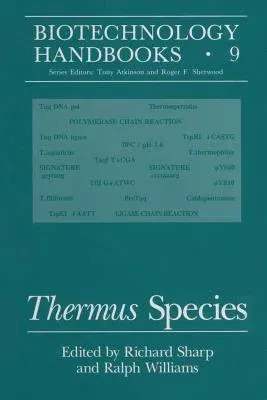Thermus Species (Softcover Reprint of the Original 1st 1995)Paperback - Softcover Reprint of the Original 1st 1995, 21 October 2012

Qty
1
Turbo
Ships in 2 - 3 days
In Stock
Free Delivery
Cash on Delivery
15 Days
Free Returns
Secure Checkout
Part of Series
Biotechnology Handbooks
Print Length
233 pages
Language
English
Publisher
Springer
Date Published
21 Oct 2012
ISBN-10
1461357411
ISBN-13
9781461357414
Description
Product Details
Book Edition:
Softcover Reprint of the Original 1st 1995
Book Format:
Paperback
Country of Origin:
NL
Date Published:
21 October 2012
Dimensions:
22.86 x
15.24 x
1.35 cm
ISBN-10:
1461357411
ISBN-13:
9781461357414
Language:
English
Location:
New York, NY
Pages:
233
Publisher:
Series:
Weight:
340.19 gm

